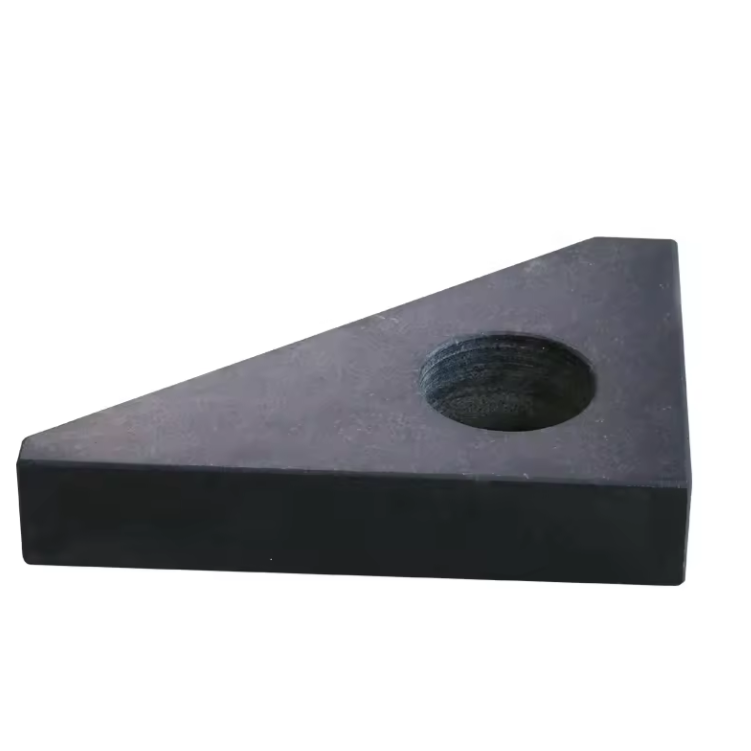Aug . 10, 2024 01:15 Back to list
Innovative Adjustable Angle Joist Hanger Design for Versatile Construction Applications and Enhanced Structural Support
Understanding Adjustable Angle Joist Hangers A Key Component in Modern Construction
When it comes to the construction of buildings and structures, the integrity and durability of the framework are paramount. One essential component that plays a vital role in supporting the load of roofs, floors, and other structures is the joist hanger. Among the various types available, adjustable angle joist hangers have gained significant attention due to their versatility and ease of use. This article delves into the features, benefits, and applications of adjustable angle joist hangers.
What is an Adjustable Angle Joist Hanger?
An adjustable angle joist hanger is a metallic bracket designed to support wooden or engineered joists while allowing for angular adjustments. Typically made from galvanized steel or other weather-resistant materials, these hangers can be modified to fit various installation angles, making them an ideal choice for uneven surfaces or when precise alignment is required. The ability to adjust the angle of the hanger ensures that joists can be installed efficiently, enhancing the overall structural integrity of a building.
Key Features and Benefits
1. Versatility in Installation One of the main advantages of adjustable angle joist hangers is their versatility. They can accommodate a range of joist sizes and angles, which is particularly beneficial in complex construction scenarios such as sloped roofs or non-standard floor plans. This flexibility allows builders to optimize their designs without compromising on strength.
2. Ease of Use Adjustable joist hangers are designed for straightforward installation. Most designs feature pre-drilled holes and come with installation guidelines, enabling construction teams to set them up quickly and efficiently. This ease of use can lead to reduced labor time and costs, making them a cost-effective solution for builders.
3. Increased Structural Support By using adjustable angle joist hangers, builders can ensure that each joist is adequately anchored and supported. This is crucial in preventing sagging or shifting over time, which can lead to structural failures. The adjustable feature allows for precise alignment, enhancing load distribution across the framework.
adjustable angle joist hanger

4. Compatibility with Various Materials These hangers are compatible with a variety of materials, including timber, engineered wood products, and even certain types of metal joists. This adaptability makes them a preferred choice in modern construction, where diverse materials are often utilized.
5. Improved Aesthetic Appeal Adjustable angle joist hangers can also contribute to a cleaner, more streamlined look in architectural designs. By ensuring that joists are properly aligned and positioned, they help maintain the visual integrity of ceilings and floors.
Applications
Adjustable angle joist hangers are widely used in residential and commercial construction. They are commonly found in roof structures, rafters, and floor joists in homes. Additionally, these hangers are essential in the construction of decks, providing the necessary support for the weight of the decking material and the loads it carries.
In more specialized applications, adjustable angle joist hangers are used in creating intricate architectural features, such as vaulted ceilings or angled roofs, where traditional hangers may not suffice. Their ability to provide customized angles allows architects and builders to explore innovative designs while ensuring safety and stability.
Conclusion
In summary, adjustable angle joist hangers are an invaluable asset in modern construction. Their flexibility, ease of installation, and enhanced structural support make them a popular choice among builders and architects alike. By incorporating these hangers into their projects, construction professionals can ensure that they not only meet safety regulations but also deliver aesthetically pleasing results. As the construction industry continues to evolve, adjustable angle joist hangers will undoubtedly play a crucial role in shaping the future of building design and construction practices.
-
Thread Plug Gauge Requires Careful HandlingNewsJul.29,2025
-
Surface plate calibrationNewsJul.29,2025
-
Ring Gauge Ensures Machining AccuracyNewsJul.29,2025
-
Pad Iron Reinforces Anchor PointsNewsJul.29,2025
-
Ground anchor stabilizes embankmentsNewsJul.29,2025
-
Granite Box Maintains Precision FlatnessNewsJul.29,2025
Related PRODUCTS









